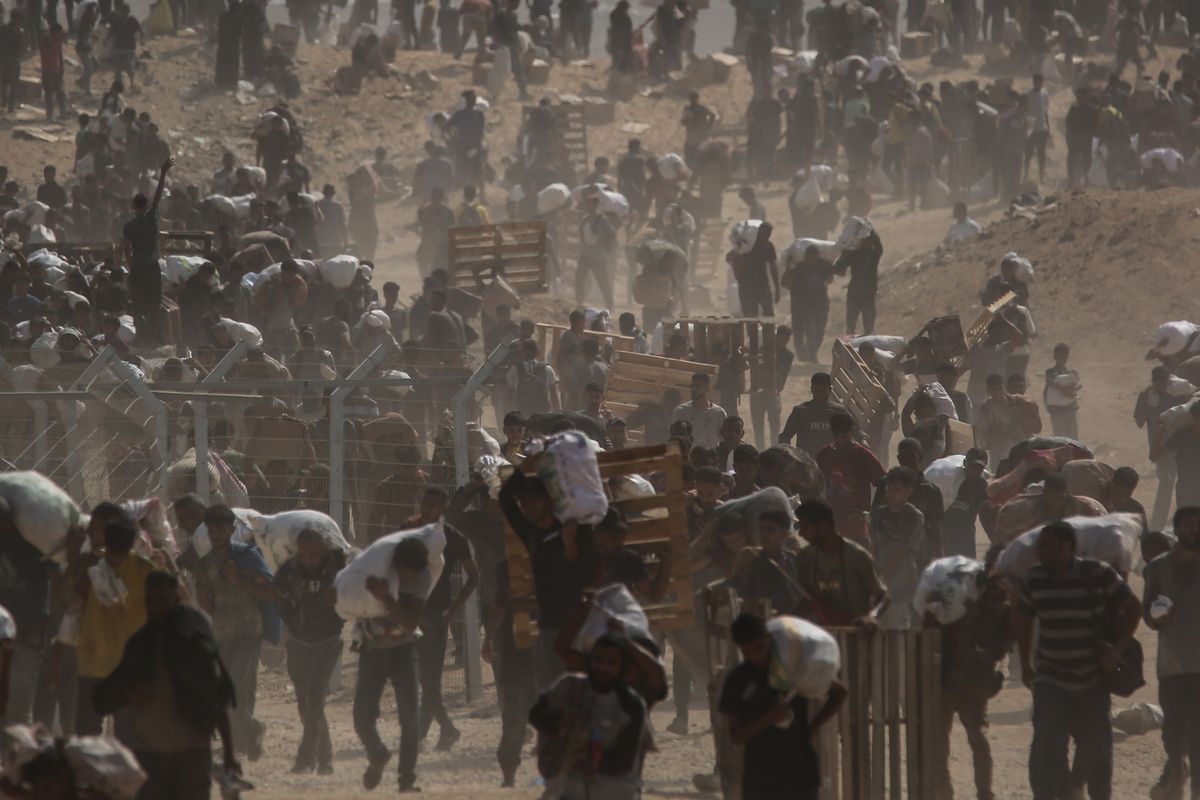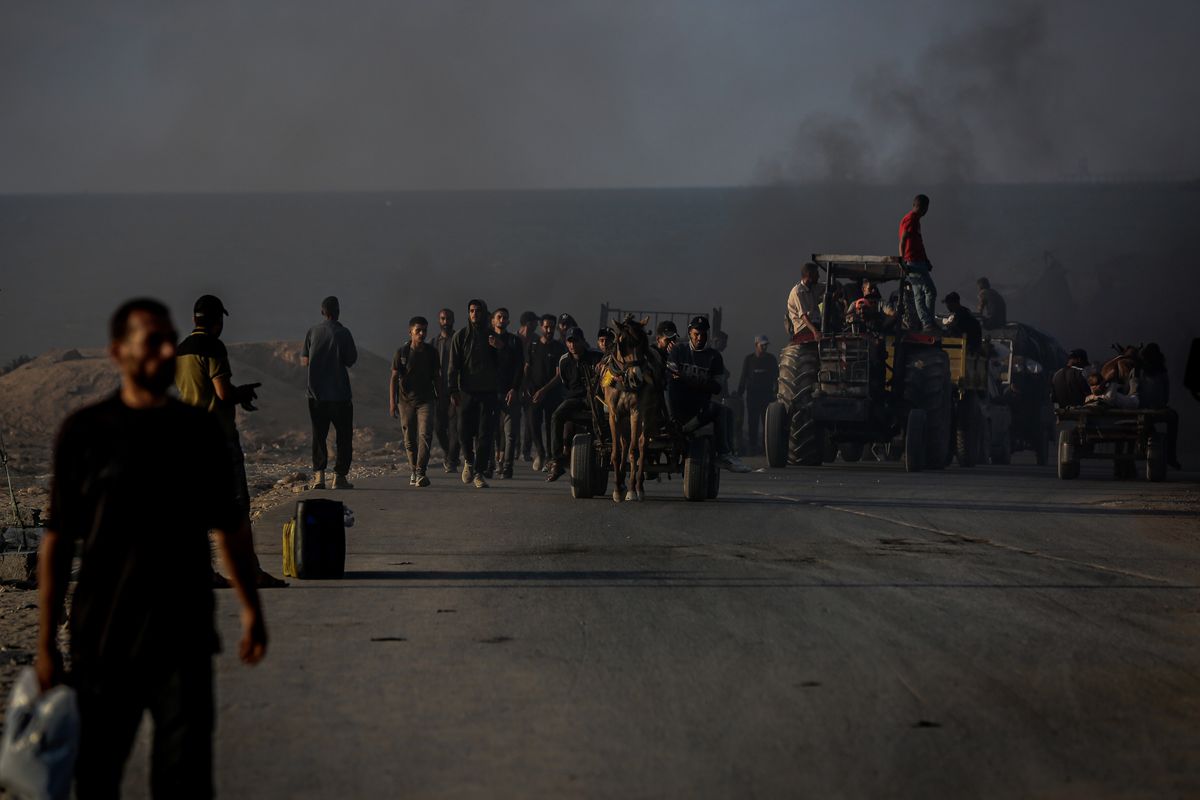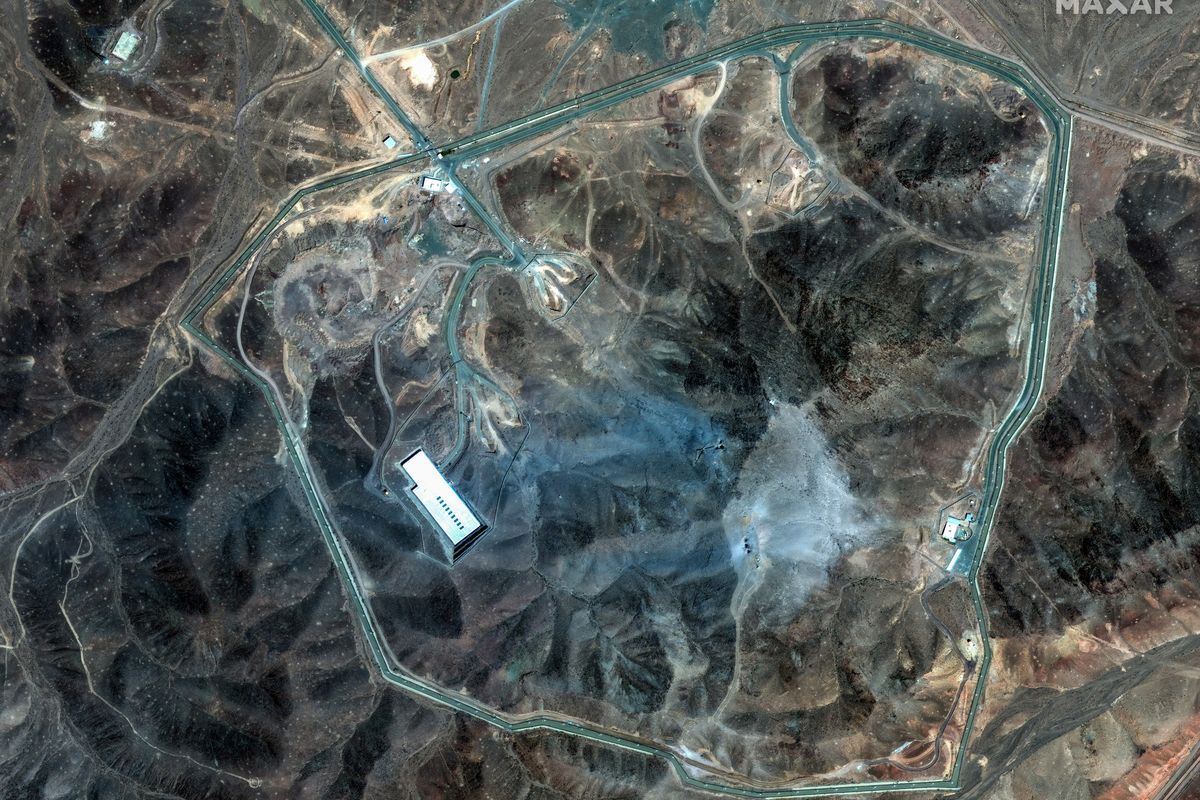As Afghanistan’s neighbor to the west, Iran has significant security and economic interests vis-à-vis Afghanistan. Relations between the two countries have been complicated for centuries, but the complex nature reached new heights in the latter half of the 20th century after the Iranian Revolution of 1979 saw a Shiite regime seize control of Iran from a secular leader, while a rival Sunni Taliban movement ascended to the top of the Afghan government during the 1990s. Yet today, the Iranian government funds Taliban activities in Afghanistan and reports have circulated that Iranian military personnel have even fought alongside Taliban militants. The Cipher Brief’s Bennett Seftel spoke with Anthony Cordesman, the Arleigh A. Burke Chair in Strategy at the Center for Strategic and International Studies about the complicated relationship between Iran and Afghanistan.
The Cipher Brief: What are Iran’s interests in Afghanistan?
Anthony Cordesman: Iran has had troubled relations with Afghanistan throughout history, and today is no exception. Under the country’s former leader, the Shah, Iran saw Afghanistan as a dangerous source of drugs under and as a source of a major refugee problem once the Russians invaded – a burden a revolutionary Iran was not ready to absorb either during its revolution or during the Iran-Iraq war, which lasted for much of the Russian occupation of Afghanistan in the 1980s.
Once the Iran-Iraq War ended in the summer of 1988, and Russia left in 1989, Iran had to deal with an Afghanistan that was first caught up in a civil war, then ruled by fighting warlords, and then by a Sunni Taliban that showed little tolerance for Afghanistan’s Shiite minority or Iran’s Shi’ite theocracy. Throughout this period, the flow of drugs into Iran was a constant problem, and Afghan refugees continued to enter Iran, all of which created constant, low level tensions.
This situation changed with the U.S.-led invasion after 9/11. Iran suddenly found the U.S. had effectively replaced the Taliban government in Afghanistan – a government which had pushed Iran out of Herat, as well as the other areas where Iran had influence in Western Afghanistan and had persecuted the Hazara Shiite minority inside Afghanistan. For a brief moment, Iran actually tried to cooperate with the U.S. A different level of U.S. diplomacy might even have led to a situation that actually improved U.S.-Iranian relations, but the “Axis of Evil” speech attacking Iran that President George W. Bush gave in his State of the Union address on January 29, 2002 put an end to such cooperation and made the U.S. seem even more of a threat than the Taliban.
Iran did not openly oppose U.S. interests, but it did attempt to restore its influence in western Iran and sometimes offered support and asylum to Taliban and other figures hostile to the U.S.
It is important to remember, however, that providing refuge to members of the Taliban, al Qaeda, or warlords, followed a long tradition of using refugees, political figures, and opposition elements inside Afghanistan to put pressure on the Afghan ruling elite. It did not reflect Iranian support for the Taliban or for Sunni Islamic extremism – Iran did what it felt it had to do to gain leverage.
Once the U.S. had essentially rejected ties to Iran, Tehran faced the fact that it was now dealing with a potentially hostile power that suddenly had dominating influence in the region. To make matters worse, the U.S. invaded Iraq in 2003, at a time when Iran began to seriously fear that the U.S. might invade and become a major military threat to Iran. At the same time, the U.S. had no reason to trust Iran and saw it as a threat – scarcely the basis for a stable, happy relationship.
Even so, the two countries gradually achieved a kind of modus vivendi. While the U.S. and Iran, to some extent, continued to confront each other, the U.S. never really tried to eliminate Iranian influence over the Hazara Shiite minority in Afghanistan. It never tried to push Iran out of Herat or eliminate Iranian influence and trade. It was easier for both countries to live with each other, in a region of Afghanistan that needed Iranian trade and was still dominated by various power brokers and warlords, and where U.S. and allied aid and troops now provided Iran with more security than they posed a threat.
At the same time, Iran came to see routes along its border with Afghanistan as a way of increasing its trade and access to Central Asia. It came to an agreement with India to create a major new road system along Iran’s eastern border, the area just opposite Afghanistan, that traveled from improved ports outside the Strait of Hormuz in Iran into central Asia. Pakistan saw this as further evidence of Indian “encirclement,” but the U.S. saw it as more stabilizing than threatening.
The situation changed again with the U.S. announcement that it was withdrawing its combat forces from Afghanistan. This potentially opened up western Afghanistan to Iran, but it also posed a risk. From Iran’s perspective, the U.S. withdrawal posed a serious risk that the Taliban had a chance to regain power. If it reached out to the Taliban to try to avoid a future confrontation, Iran could win more security than backing a losing fight against it. At the same time, because the U.S. did not fully withdraw, support for the Taliban became a way of putting pressure on the nation Iran saw as its primary enemy. It became a way of creating more difficulties for the U.S., both in staying in the Afghanistan as well as coping with the combined uncertainties and military problems that the U.S. faced in the Middle East and in South Asia.
TCB: What is the level of cooperation between the Iranian government and the Taliban?
Cordesman: One way to look at this, if you are shaping Iranian policy, is that if giving limited aid to the Taliban gives you a fairly wide range of advantages and poses limited risk, this is the option you are going to take. That’s what working with the Taliban does for Iran.
The Taliban is certainly the major threat to the U.S. and to the Afghan central government, but it’s never been particularly hostile to Iran in Iran. Its friction points have been in Herat and in northeastern Afghanistan, and there, developing moderate or loose relations with the Taliban solved Iran’s problems at least in the near-term.
There is still some danger for Iran in aiding the Taliban. The Taliban is divided and not a perfectly unified movement, and it can’t be fully trusted. Al Qaeda is also ideologically hostile to Iran, no longer has a clear center, and the Taliban and al Qaeda do not usually coordinate on policy. At the same time, al Qaeda central now rarely reaches out beyond Afghanistan and Pakistan; it’s one of the prices it pays for being able to keep its sanctuary in Pakistan. The more active threat from al Qaeda now comes from Yemen and its proxies in Syria, and they are not a threat to Iran.
TCB: There have been reports that Iran is not only supporting the Taliban, but also fighting alongside them. If these are true, is Iran directly responsible for U.S. deaths in Afghanistan?
Cordesman: It is hard to really know. It may certainly have facilitated the deaths of Afghan soldiers and possibly American advisors. The problem is that there is no evidence as to how many, who, when, and under what conditions. Quite honestly, trying to track the players is difficult, even if you have the advantage of access to the full intelligence scorecard. People who don’t like Iran also tend to exaggerate the real problems and threats from Iran. The fact is, this is a fluid situation, and just because unofficial reports accuse a given power broker or a cadre has a certain label, it doesn’t mean that’s the reason why it gets support or opposition from Iran.
It’s not clear that there have been any serious casualties caused by Iran’s actions among Afghan Security Forces, much less American forces. Iran also seems to be most active in the areas that are not under U.S. control. It’s other countries, such as Italy and Germany, that have the most influence in those parts of Afghanistan.
TCB: How has the drug trade impacted the Iran-Afghanistan relationship?
Cordesman: For Iran, the drug trade is a major threat. It is a critical social problem because it feeds a massive level of Iranian addiction. Iran sees the drug trade, and has seen it since the time of the Shah, as destructive and as a threat.
Iran can’t really benefit from the trade. When drugs transit any of the countries in central Asia, Pakistan, or Iran, they basically move through one of two markets. One is the illegal networks that move the drugs outside to foreign consumers, and they bypass the governments of other states and do not provide economic benefits to those governments or power structures. The other problem is that the drugs end up getting consumed in Iran, which causes addiction issues. Iran has every reason, if it could, to seal the border against the flow of drugs.
Also, we are no longer talking about crude opioids that are being exported from Afghanistan. More and more of the opium market is comprised of exports coming out of Afghanistan that are processed, not necessarily into advanced, clean versions of the drug, but once you have the capacity to process the opium, it is much more profitable to process the drug in Afghanistan and then export it.
As a result, you end up with a much smaller and easier product to conceal and export. So if anything, what has happened is that there has probably been a shift in terms of the economic flows. Afghanistan is becoming steadily more dependent on the processing of drugs rather than simply the export of crude forms of opium.
TCB: What are Iran’s objectives in Afghanistan? Does Iran want to see a pro-Shiite government similar to what is in Iraq?
Cordesman: The Shiite-Hazara population is simply too small a faction to ever take power under normal circumstances. Obviously, one particularly successful general shifted the leadership of Syria to a small religious minority, so you can never say that Shi’ites won’t govern Afghanistan. But Iran certainly can’t plan on any of its actions or any actions by the Hazara giving them a dominate role in any part of Afghanistan.
What Iran wants is several things: to have a stable border, to be able to control the drug trade, and to have a situation where it must accept as few Afghan refugees as possible. It would also like to improve its trade routes and dealings with Afghanistan. But the fact is, at this point in time, Afghanistan is a far less meaningful trade partner compared to the central Asian states and virtually every other country that Iran is dealing with.
Afghanistan remains a major economic failure. Its Afghan economy has not made serious development in other key areas of production or trade, such as in mining or pipelines. Afghanistan remains, as it has for the last 35-40 years, a country which is poorer than Bangladesh and has no near-term prospect for improving.











